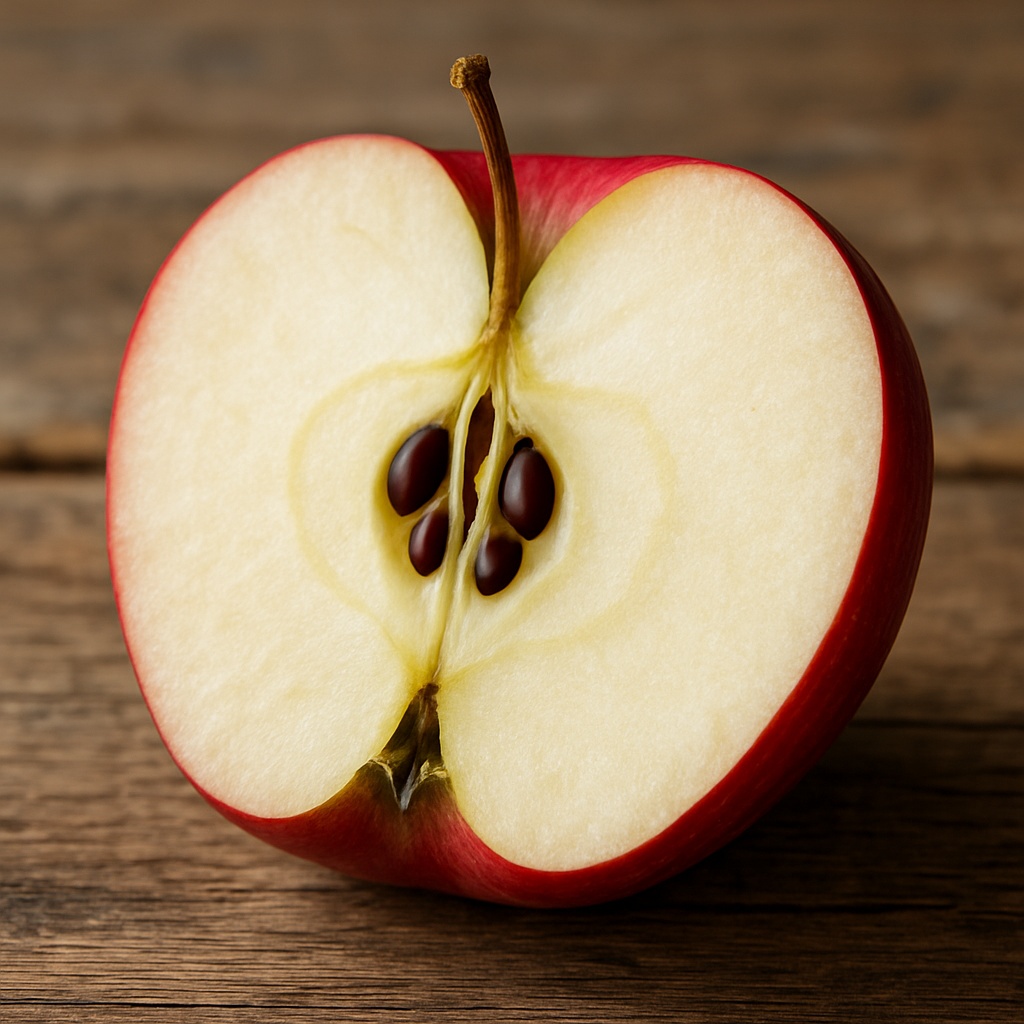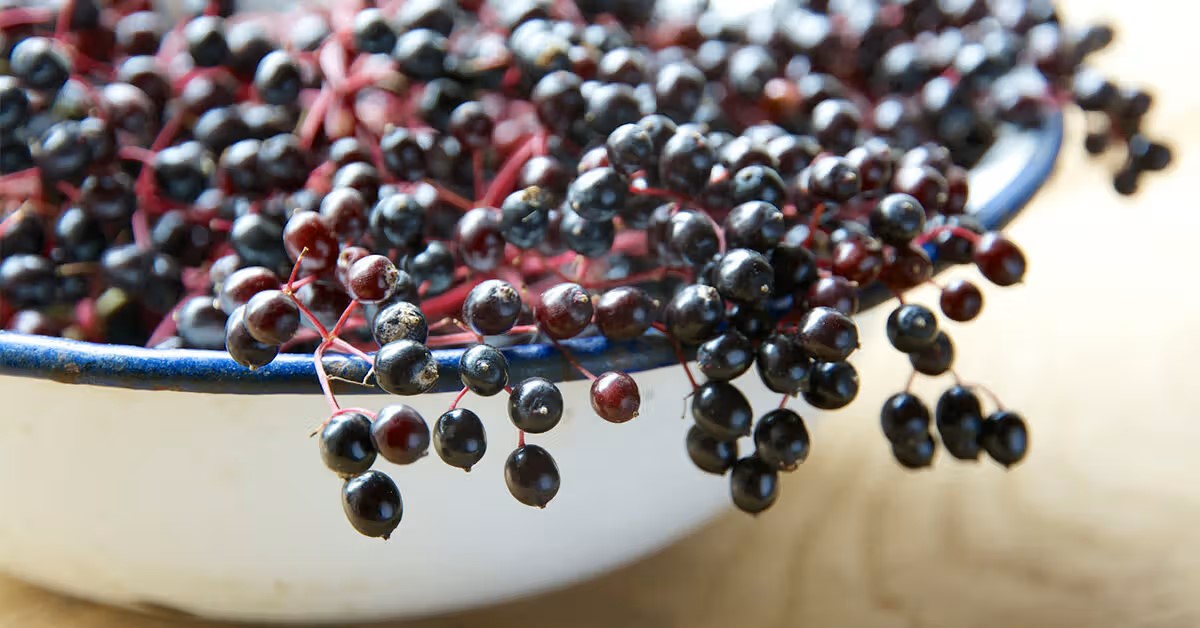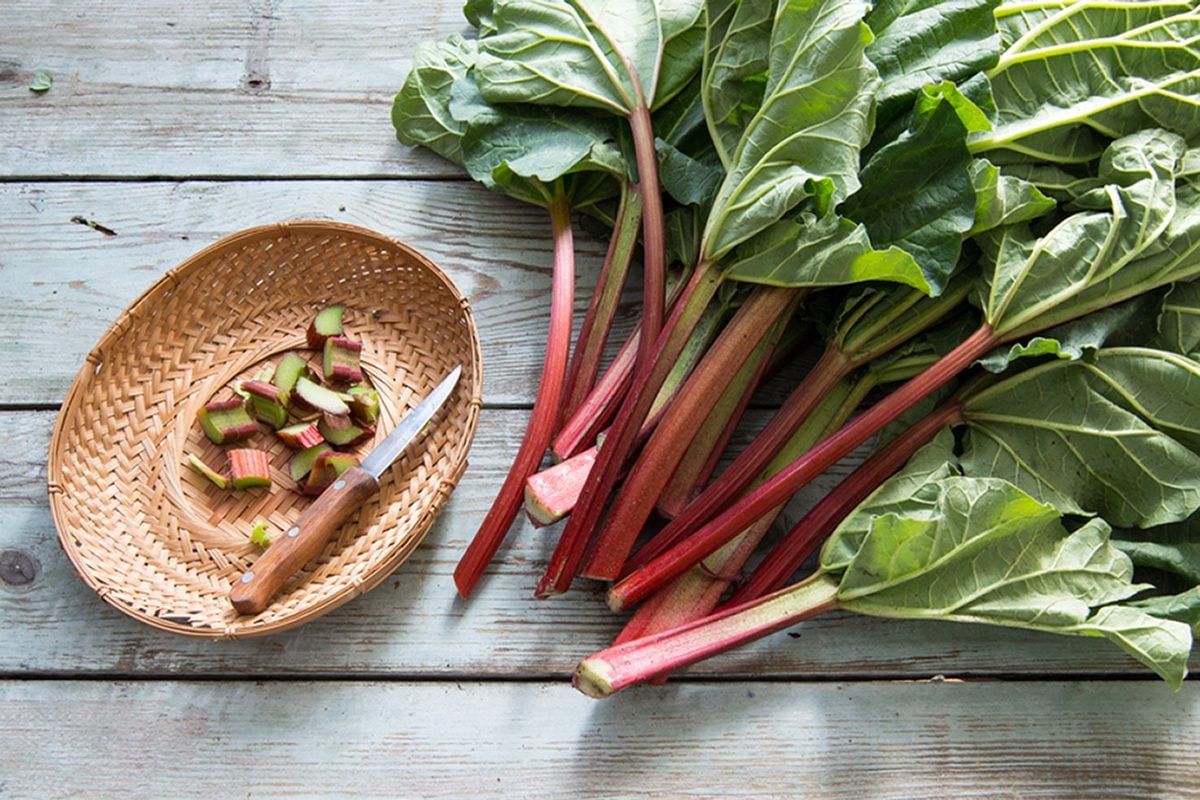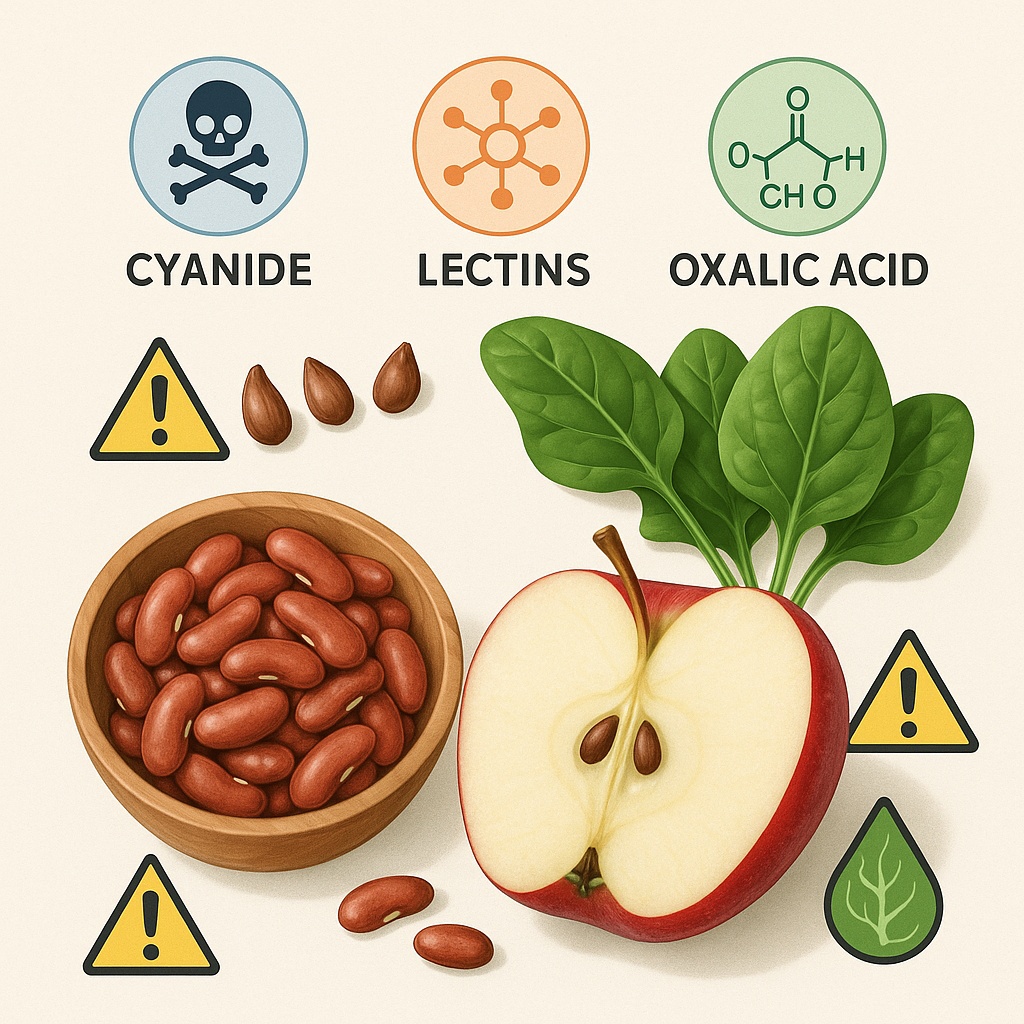Did you know that certain foods can kill you?
Kill!
Yes, you’ve read that correctly; there are a few foods that can actually lead to mortality if consumed in the wrong way. We’ve all heard the saying, “We are what we eat.” But what happens when the very foods we trust for nourishment hide dangerous toxins that can harm or even kill us? Various sorts of fruits, vegetables, and pantry staples are extremely safe when prepared correctly; likewise, certain foods can turn deadly if consumed raw, unripe, or in large quantities.
Research states that some toxins occur naturally as a defense mechanism in plants. Others develop due to improper storage, contamination, or poor cooking techniques. Yet there is good news: most risks can be avoided with the right knowledge and preparation.
10 Everyday Foods That Can Kill You:
1. Cherry Pits
Sweet, juicy cherries are harmless, but their hard pits contain prussic acid (cyanide). Accidentally swallowing one whole is usually fine, as the pit passes through your digestive system intact. The danger lies in crushing or chewing the pit, which releases cyanide into your body. Large amounts can cause breathing problems, seizures, and even death as well.
Safety Tip: Eat cherries without breaking the pits. Keep them away from children who might chew them.
 2. Apple Seeds
2. Apple Seeds
Just like cherries, apple seeds contain cyanide-producing compounds. Their protective coating usually prevents harm if swallowed whole, but crushing or chewing them in large quantities can be dangerous.
Safety Tip: Remove seeds when juicing or blending apples.
3. Green Potatoes
Generally, these are not harmful, but when potatoes are exposed to light, damaged, or overripe, they produce glycoalkaloids (like solanine), which turn the parts of the potato green. Therefore, these high solanine levels can trigger headaches, nausea, confusion, and in extreme cases, death.
Safety Tip: To combat these issues, you need to store potatoes in a dark, cool place. Also, make sure you cut away any green areas before cooking. Avoid eating potatoes with an extensive green hue to keep yourself safe.
4. Elderberries
 You might have heard of elderberry syrup and supplements, which are quite popular immune boosters, but raw berries, bark, and leaves contain cyanogenic glycosides that can produce cyanide. So, when you consume them uncooked can lead to vomiting, diarrhea, and seizures.
You might have heard of elderberry syrup and supplements, which are quite popular immune boosters, but raw berries, bark, and leaves contain cyanogenic glycosides that can produce cyanide. So, when you consume them uncooked can lead to vomiting, diarrhea, and seizures.
Safety Tip: Only consume ripe, cooked elderberries. Also, it's reported that boiling destroys harmful compounds.
5. Nutmeg
Adding a dash of nutmeg to your recipes adds warmth to baking, but in large quantities, myristicin (a compound in nutmeg oil) can cause hallucinations, dizziness, and even seizures. As little as two teaspoons can also be toxic, so be careful while cooking dishes with nutmeg.
Safety Tip: Use nutmeg sparingly, stick to recipe quantities.
6. Bitter Almonds
Generally, almonds are considered to be extremely nutritious, and even every diet plan recommends that you include them. We are not currently talking about the sweet almonds that are safe, but there exist bitter almonds contain dangerously high levels of amygdalin, which turns into cyanide in the body. Just 6 to 10 bitter almonds can cause poisoning; 20 or more can be fatal.
Safety Tip: Only consume sweet almonds sold for eating. Avoid raw, untreated bitter almonds.
7. Red Kidney Beans
Raw or undercooked red kidney beans are loaded with phytohaemagglutinin, a toxic lectin that can cause vomiting, diarrhea, and severe stomach pain. Cooking at low heat (like in a slow cooker) can make them even more toxic.
Safety Tip: Make sure you soak these beans for several hours, then boil vigorously for at least 10 minutes before simmering.
8. Rhubarb Leaves
 Rhubarb stalks are usually safe and tangy, but their leaves contain something called oxalic acid, which can cause kidney stones, difficulty breathing, and even coma if consumed in large quantities.
Rhubarb stalks are usually safe and tangy, but their leaves contain something called oxalic acid, which can cause kidney stones, difficulty breathing, and even coma if consumed in large quantities.
Safety Tip: Use only rhubarb stalks for cooking or baking. Discard leaves entirely.
9. Cassava (Yuca)
Cassava is a staple food in most nations, but it comprises cyanogenic glycosides that release cyanide when eaten raw or improperly prepared. Bitter cassava has the highest toxin levels, but even sweet cassava must be peeled, soaked, and thoroughly cooked.
Safety Tip: Never eat raw cassava. Follow traditional preparation methods to remove toxins.
10. Star Fruit
Harmless for most people, star fruit can be dangerous for those with kidney disease, as it contains a neurotoxin that the kidneys cannot filter. This can lead to confusion, seizures, and death.
Safety Tip: People with kidney problems should avoid star fruit altogether.
Why These Foods Turn Toxic
Many of these toxins cyanide, lectins, and oxalic acid, are natural defense mechanisms developed by plants to deter pests. In small amounts, your body can often process them without harm. But when you are consuming it in a raw, excessive, or without proper preparation, it overwhelms the body’s detox systems, thereby leading to illness.
The severity of symptoms depends on the quantity you consume, the preparation methods, and individual health factors as well.

So, consuming them in moderation, you can choose - Healthy Foods for Diet.
Final Thoughts
The takeaway isn’t to fear your food, it’s to respect it. Most of these foods we talked about are ultimately a part of healthy diets across the world, but they are prepared with care. Therefore, having basic knowledge of which foods carry hidden risks and learning safety handling methods, you can definitely enjoy the flavours and benefits without putting your health on the line. So the next time you slice a potato, sip elderberry tea, or season a dessert with nutmeg, remember: preparation makes all the difference between a delicious dish and a dangerous one.
